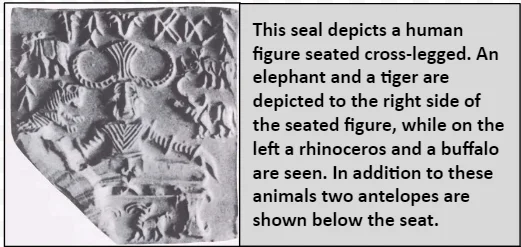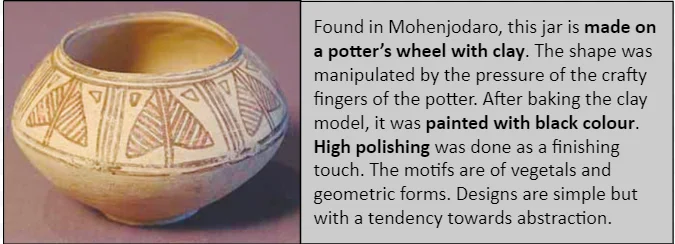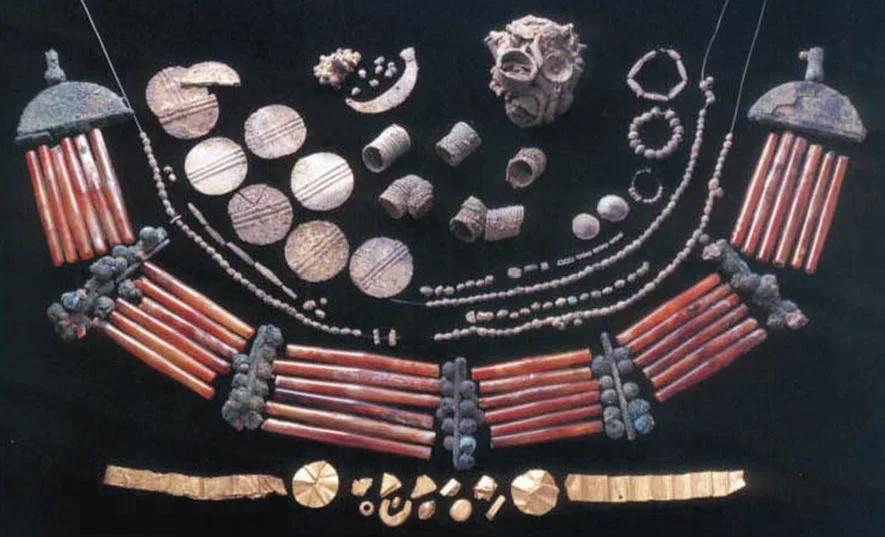![]() 23 Dec 2023
23 Dec 2023
The art of the Indus Valley civilization showcases advanced craftsmanship. Notable artifacts include intricately carved seals, pottery etc. reflecting a sophisticated civilization’s aesthetic and cultural achievements.




Conclusion
The Indus Valley Civilisation emerges as a beacon of ancient artistic and technological prowess. From the refined sculptures in stone and bronze, intricate seals revealing commercial and amuletic purposes, to the diverse pottery styles showcasing an evolution of design, the civilization’s artistic legacy is rich and varied.
<div class="new-fform">
</div>
